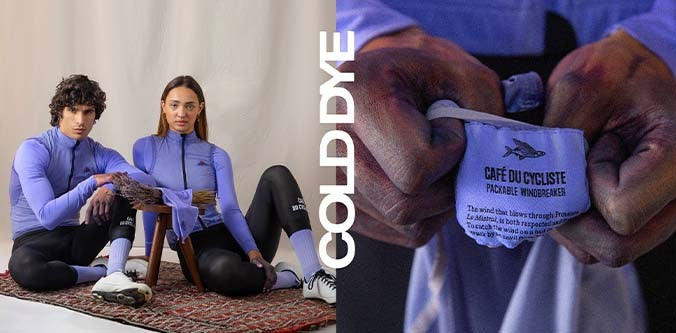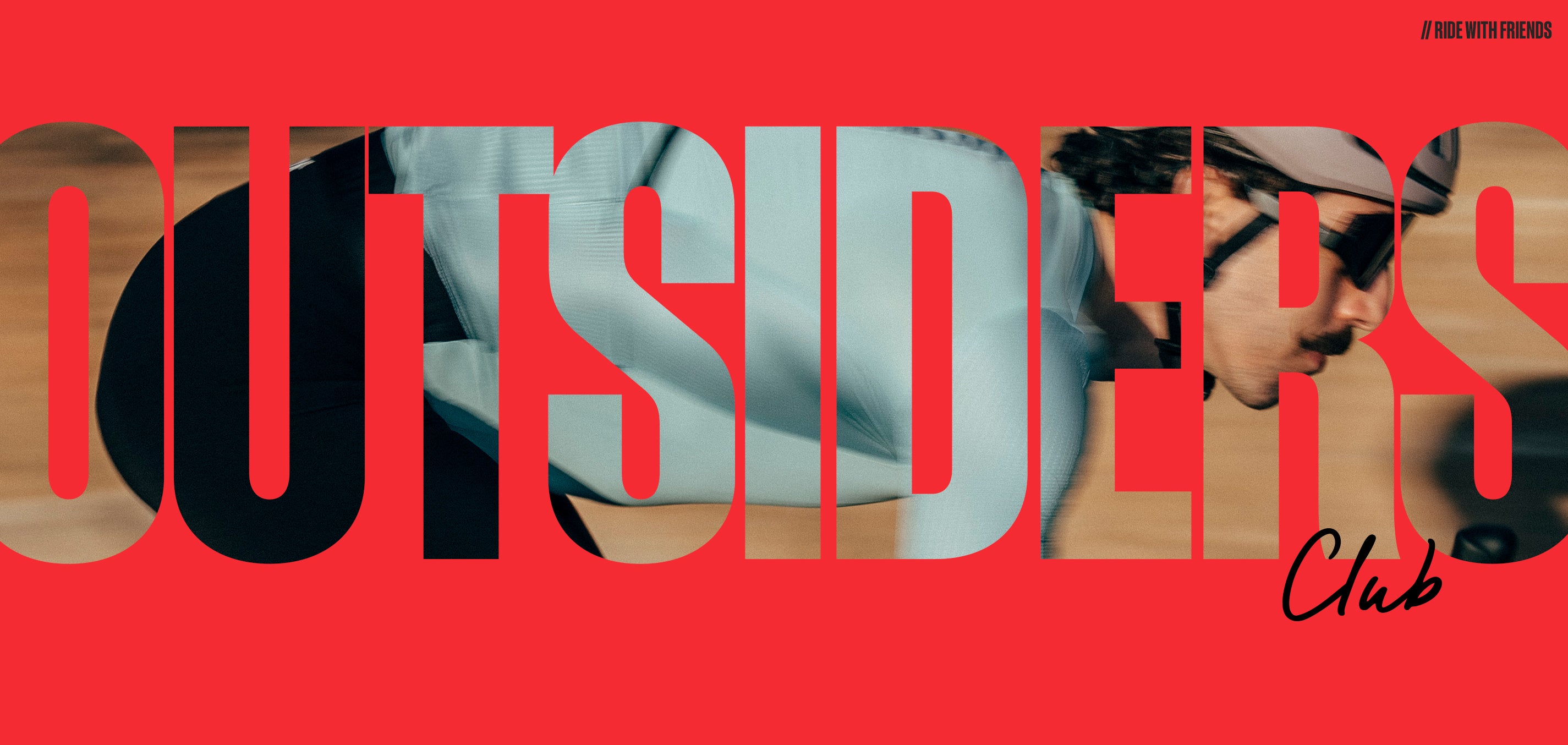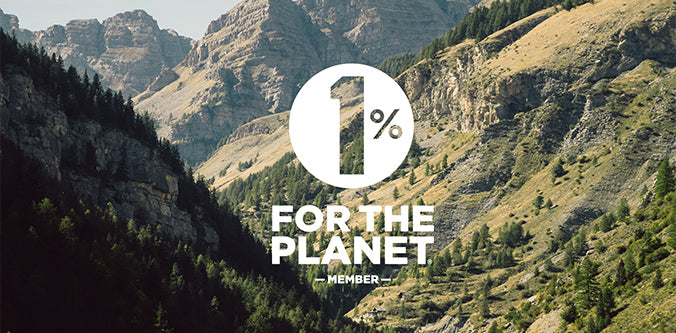MEET MYRIAM NICOLE.

The French downhill superstar on injuries, women in mountain biking and why she loves to wear Café du Cycliste when she’s out riding the road.

Myriam Nicole has won almost everything there is to win in downhill mountain biking. Now an elder stateswoman, she still has the fire to keep pushing herself to the top of the sport and to be the best rider she can be. Part of that lies in rigorous cross-discipline training, on road and gravel bikes, and when she swaps her full-sus for something a little less burly, she’s a Café du Cycliste ambassador. We caught up with her to ask her a few riding questions…
You’re a two-time downhill world champion and runner up last year, and a UCI World Cup winner… what led you towards the discipline?
I began mountain biking across all the disciplines, and I specialised in downhill around the age of fourteen because that’s what my older brothers were doing and because I loved the fun side of it. At the time, pedalling wasn't my thing; I got a taste for exertion when the sport became truly professional and I had my first coach around the age of eighteen. Since then, I've been constantly training in the winter and competing in the summer. The transition from Junior to Elite was a turning point in my career. Downhill is often seen as a sport where you have to turn off your brain, but the physical aspect plays a huge role in this discipline. The more intense the physical effort, the more focused you are to tackle obstacles and the weeks of competition.
How do road and gravel riding fit into your mountain-bike prep?
Downhill remains an extreme sport where injury is a real possibility, so physical preparation helps limit the damage. I do a lot of strength training to be more resilient when I fall, and I do a lot of road cycling to work on my base endurance, as intensity work to train my lactic resistance and my explosiveness, or simply to recover. In winter, I ride road two or three times a week. During the season, it's less regular, but I like to set myself small road col challenges whenever I find myself in sublime places like the Alps.
What does your daily life as an athlete look like?
Generally speaking, I spend three weeks a month at home doing physical preparation and small amounts of technique. Then I go on a week-and-a-half training camp to work on pure downhill technique. When I'm at home doing physical preparation, I start the day with strong motivation and a very good coffee, which I make in my lovely Rocket espresso machine, or I get a coffee at Bun in Montpellier with eggs, einkorn bread, and an avocado. Then I go do my workout, often a strength training session, and then I work on my to-do list. I cook a lot; I love good, healthy and delicious local products. In the afternoon, I often have a cardio session. At the end of the day, I see my physiotherapist a few evenings a week, who helps me recover. I try to spend as much time as possible with my family, who don't live far away. It's very important to me, and to see my friends as much as possible. It's not always easy to be motivated in training, there are inevitably, as in all jobs, disadvantages and compromises to be made. Some days are more pleasant than others, with the weather, your physical sensations and the constant pressure that an athletes put on themselves to always give their best.
What has been your greatest challenge and your proudest achievement in your career so far?
I think my greatest pride today is my longevity. I competed in my first world championships in 2007, and I never tire of trying to improve, especially in terms of physical, mental, and technical skills, and my comebacks from injuries. Especially after a completely off year in 2023 – I'm not a person who tends to give up. The concussion I got in 2023 was the biggest challenge of my life. (In 2023, I stupidly fell on my temple and I had a very difficult year after that, because I could no longer put in any efforts: my autonomic nervous system was completely out of whack. I was only able to resume training at the end of 2023. It was a real challenge to get back to the level after a very difficult year on all levels.)
Where do you ride and train most?
I live in Mourèze [in the Hérault region of the south of France] and train a lot around here. It's an exceptional playground for me with a variety of different landscapes. There's the Lac du Salagou for cross-country enduro, the heart of Hérault for exploring the most beautiful road bike routes, and I go to the high cantons to do all my more technical enduro downhill mountain biking.
Seeing women in sport is very important to you, isn’t it?
My sport is inherently very masculine, and I'm delighted to see more and more girls taking up mountain biking and downhill, breaking the mould. It's truly a pleasure to be at the bike park and see so many ponytails peeking out of helmets, and smiles behind the goggles. I grew up with only boys, there were never too many girls in my world, but over the past ten years or so, it's been a great to see so many women. In short, it's very important.
Deep down, why do you really ride?
I ride because I love to get away from it all. I'm a huge nature lover, and it's truly my dose of happiness in my day. Plus, in 2019, I shattered my foot into a thousand pieces and I can no longer walk or run. Cycling allows me to flourish in these incredible landscapes.

Why did you choose Café du Cycliste as your clothing partner?
I love the Café du Cycliste brand – the quality of products with a style I really like. I love the subtlety of the designs, the tailored cuts and the technical features. I'm also passionate about coffee, and it reminds me of fun outings with friends – but also of performance through the clothing’s technical features. I've always been passionate about shopping and beautiful outfits, so it was an instant hit.
What are you most looking forward to in 2025?
I want to have fun this year and put everything I’ve learned these past few years into action. To win as many races as possible and reclaim the rainbow jersey… why not?!

























